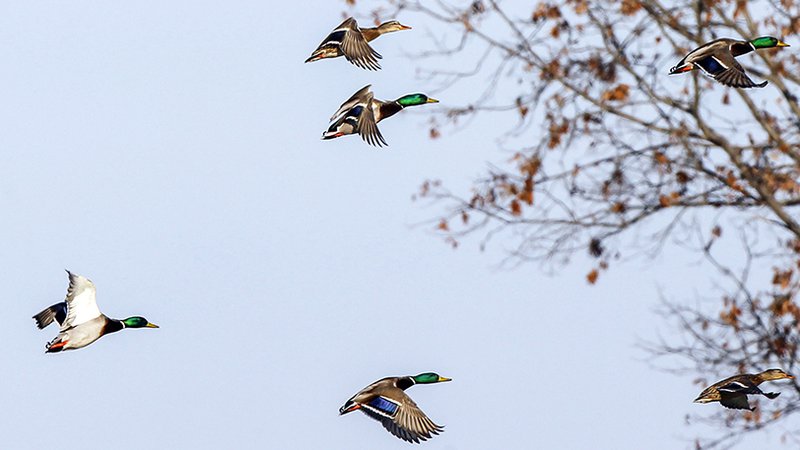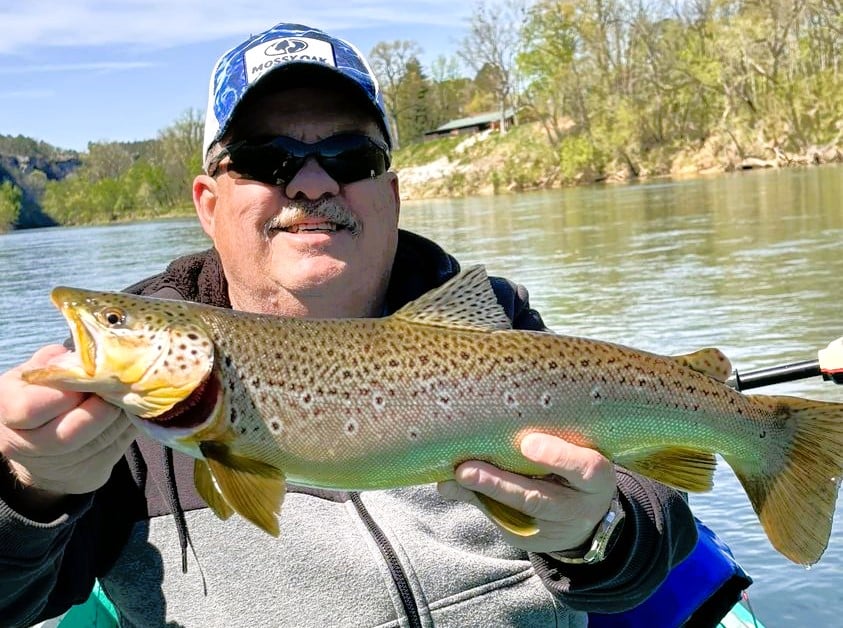Watch flightlines when scouting WMAs for ducks
BY Jim Harris
ON 01-09-2019

Jan. 9, 2019
Jim Harris
Managing Editor Arkansas Wildlife Magazine
LITTLE ROCK — It may sound simple enough to the everyday WMA waterfowl hunter, but to the newcomer or the not-so-veteran waterfowler using public land, scouting the area for ducks is best accomplished by watching how groups of ducks are flying from a resting area, according to Luke Naylor, the AGFC’s waterfowl program coordinator.
We asked Naylor that very question recently: How does one go about “scouting” a WMA such as the George H. Dunklin Bayou Meto WMA, which covers land in Arkansas and Jefferson counties? And, how does one go about “scouting” when the time is limited in a WMA during waterfowl season?
Remember, everyone must be off the water by 1 p.m. in all AGFC WMAs; hunting must conclude at noon, but you are still given an hour to clear off the huntable area. However, as Naylor reminds, you can still walk the levees and other ground/property that is not regularly hunted for waterfowl. So, in theory, you could walk Bayou Meto WMA, for instance, on the levees or around the property to scout ducks.
What you don’t want to do when scouting, he says, is to begin your scouting while the majority of hunters are still hunting, typically before 10 a.m. This spoils that particular hunt for everyone if you are out stirring up waterfowl or causing the waterfowl to avoid that huntable area being hunted that day. Delay your on-water scouting until about 10:30-11 a.m., or when shooting has obviously died down or ceased; you still have 90 minutes to two hours in those cases for mid-morning scouting.
The problem with an area like Bayou Meto WMA, he says, is that with so much green timber cover in that area, it’s hard to see much when scouting. Naylor’s suggestion is to position yourself where you can take note of ducks moving off of Hallowell Reservoir, which is located east to northeast of most of the land area of the WMA. Watch the direction from there, try to determine from that locale where they’re moving to roost or to look for habitat and cover. Reports from biologists at Hallowell indicate that there is good duck usage in all the units there now.
This approach would apply to several of the WMAs in the system, he says.
Recent News

Arkansas Wildlife Weekly Fishing Report
Apr. 18, 2024
Subscribe to Our Weekly Newsletter E-mails
Don’t miss another issue. Sign up now to receive the AGFC Wildlife Weekly Newsletter in your mailbox every Wednesday afternoon (Waterfowl Reports are published weekly during waterfowl season and periodically outside the season). Fishing Reports arrive on Thursdays. Fill in the following fields and hit submit. Thanks, and welcome!

